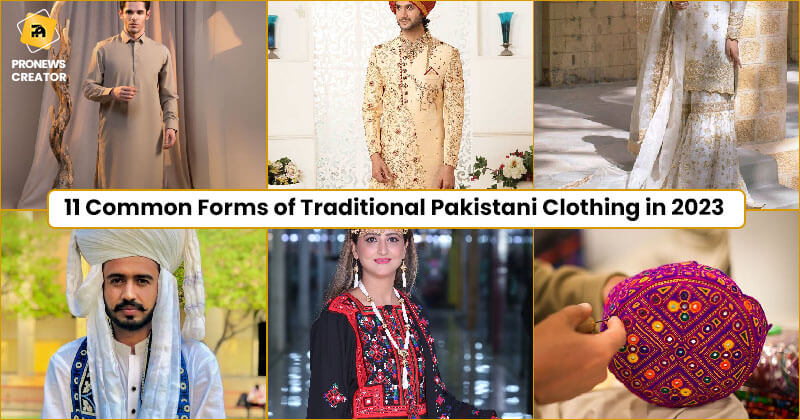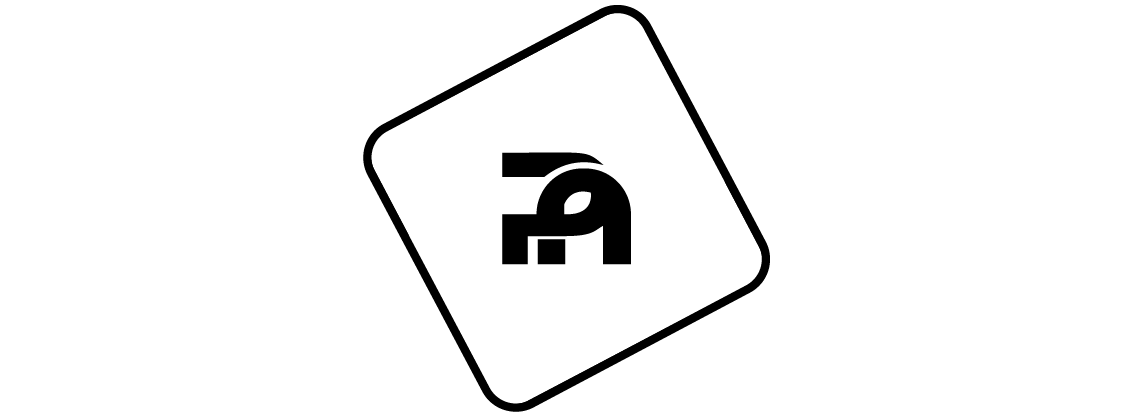Clothing is a nation’s identity. Each regional culture’s attire reflects the climatic circumstances, lifestyle, and distinct style and gives a character to all cultures.
Pakistan’s culture is rich in people’s customs and reflects the region’s past.
Pakistan is the world’s sixth most populous country, with 212 million inhabitants.
Traditional Pakistani clothing has influenced different civilizations throughout thousands of years and is considered a legacy of the old civilization.
What do Pakistani clothes represent?
Traditional Pakistani clothing symbolizes the culture of Pakistan as well as the culture of the provinces of Punjab, Sindh, Balochistan, Khyber Pakhtunkhwa (Pashtun), and Kashmir.
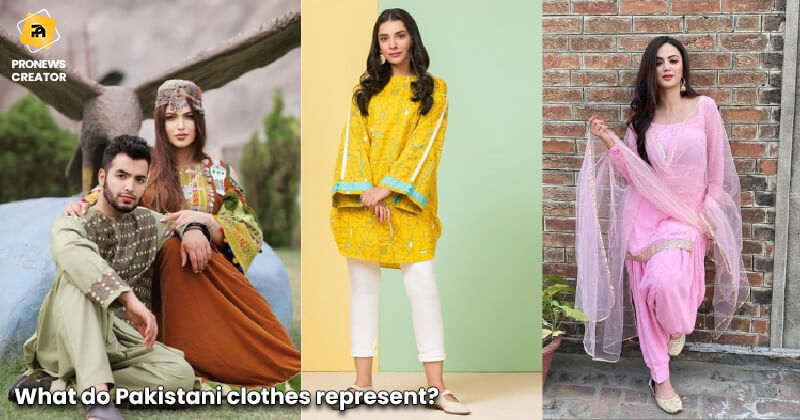
What does a traditional Pakistani wedding suit include?
Traditional Pakistani wedding costumes often include a lavishly embroidered kameez, sharara, and dupatta. This prized clothing has intricate thread designs, sequins, beadwork in complicated silhouettes, and a wide range of colours and textures.
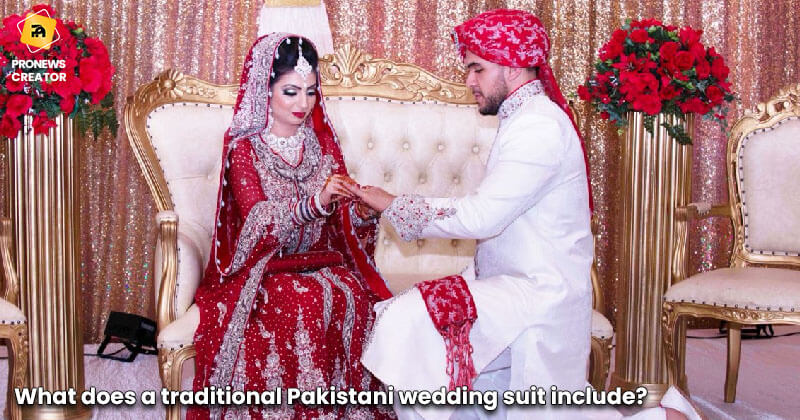
Details of the 11 traditional Pakistani clothing for everyone
The following are some examples of traditional Pakistani attire.
1. Shalwarkameez
The shalwar kameez is traditional Pakistani apparel prevalent across the Indian subcontinent.
Pakistani ladies wear shalwar kameez, which come in styles, colours, and designs and have various styles and embroidery designs.
The neckline can be altered by varying the length of the shirt sleeve and the length of the shirt.
Patiala Shalwar, Tulip Trousers, Churidar, Cigarette Pyjamas, Samosa Pyjamas, or Plain Pants are long straight-cut trousers.
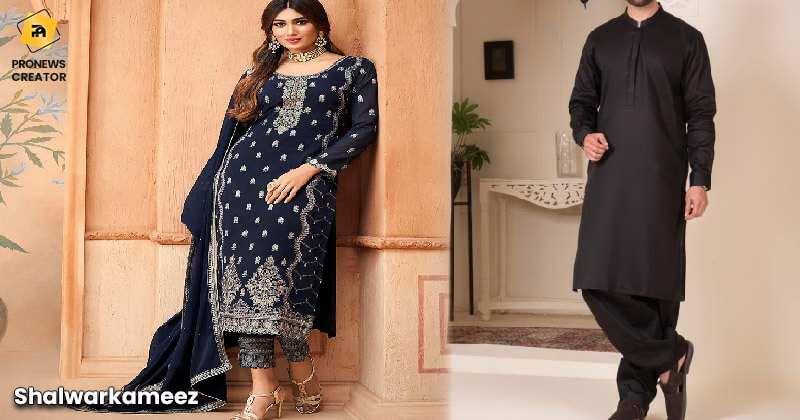
2. Sherwani
The sherwani is a must-have for traditional Pakistani men’s dress. We’ve all heard of Pakistani wedding traditions.
Any wedding would be incomplete if the groom did not wear a sherwani. Even the groom’s guests partake in the festivities dressed modestly in embroidered sherwanis for a clean yet traditional look.
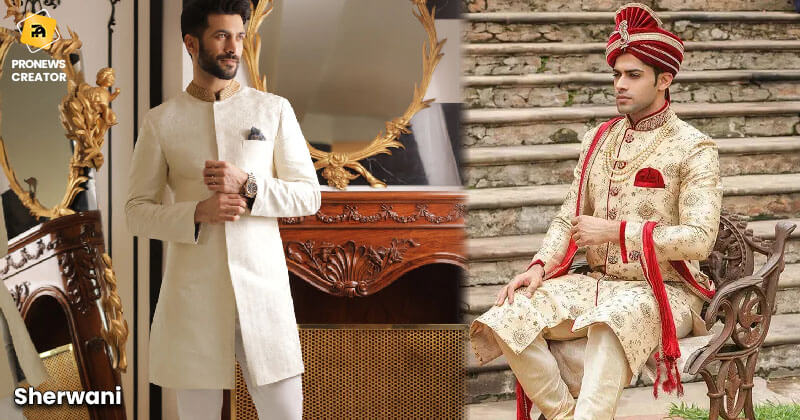
3. The Pashmina
The majority of the year in Pakistan is blistering hot. However, the majority of Pakistan is likewise cold.
Pashmina is an exquisite cloth that is in Kashmir.
It is bought and sold all over Pakistan. Everyone appreciates the Pashmina because it keeps them warm during the cold winter.
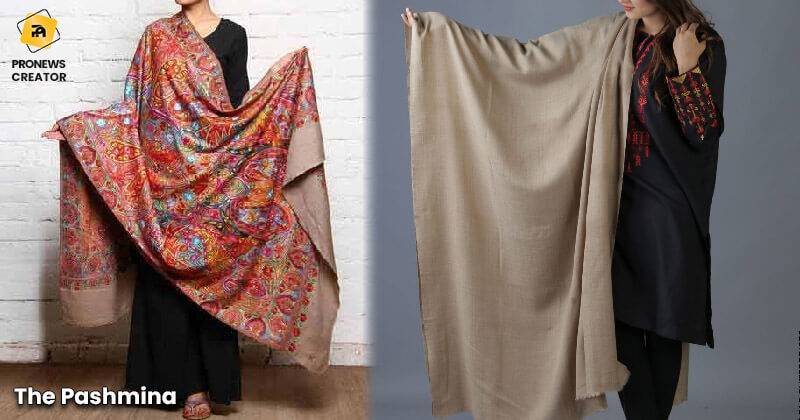
4. Churidaar Pajama
Churidaar pyjamas are a form of Indian subcontinental tight-fitting pants.
The Churidar pyjamas are long and thin, displaying the curves of the legs. Because churidars are naturally flexible, they fit snugly.
Churidaar is designed to be longer than the wearer’s leg and may include an ankle buttoned cuff.
The extra length on the ankles causes folds that mimic ankle bangles.

5. Gharara
Gharara is one of the various styles of traditional Pakistani attire that is highly valued.
Only old ladies wore these one-of-a-kind bottoms. Gharara is becoming a popular piece of clothing.
Women usually wear them at pre-wedding events. Gharara is a specialized trouser that fits securely around the thighs and flares out at the bottom.
It’s a two-leg pant that comes in different colours and patterns.
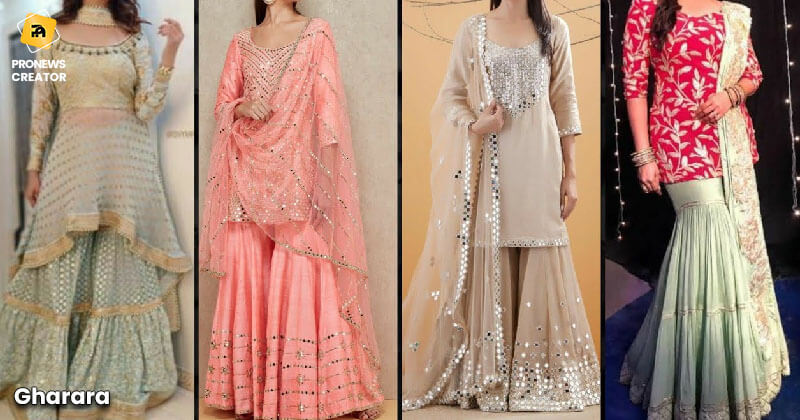
6. Lehenga Choli
The ghagra choli evolved from the stanapatta (chest band), uttariya (veil), and entry (skirt) (lower garment) traditional Indian dress.
In several Indian subcontinent countries, a choli is a midriff-baring top developed from the stanapatta and worn with a sari. The choli reveals the navel of a woman.
The gagra is a long, pleated, and embroidered skirt that fastens at the hips and reveals the stomach and lower back.
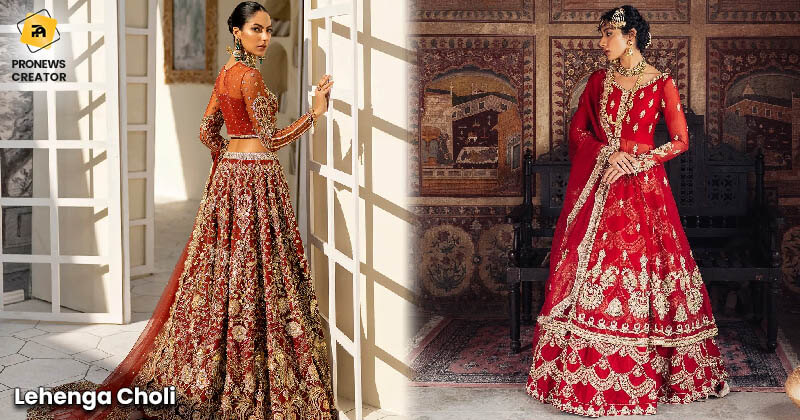
7. Saraiki Turban
The Saraiki society is an ethnolinguistic bunch of people that live in Pakistan’s southeastern and central regions. The Saraiki people’s traditional outfit is the Shalwar kameez, frequently worn with the Saraiki turban.
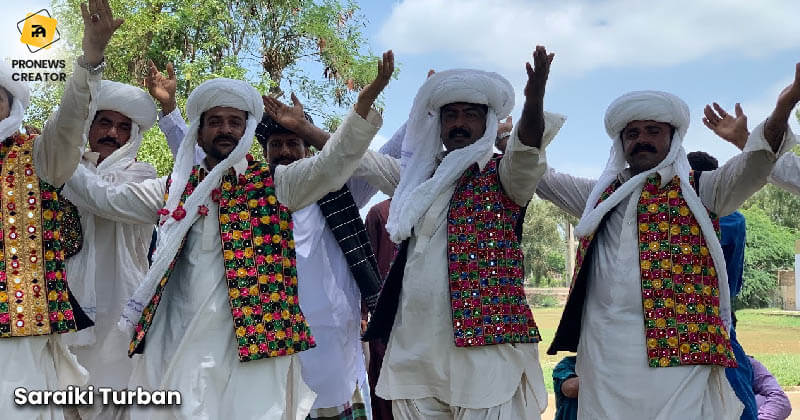
8. Balochi Dress
Baluchistan is one of Pakistan’s four provinces. Balochistan is also a culturally varied region with delicious food and apparel.
Balochi needlework is well-known throughout Pakistan, and many people buy traditional attire. In embroidery, mirrorwork, and beautiful threadwork are used.
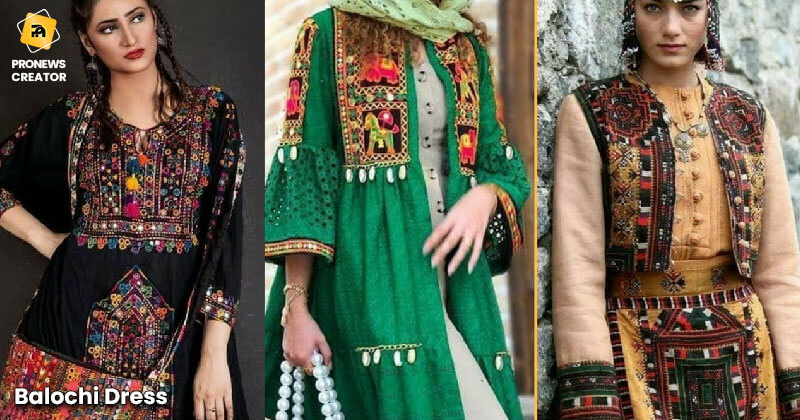
9. Shindhi Cap
The Sindhi cap, also known as Saraiki topi or Sindhi topi, is a distinctive hat used in the Sindhi region of Pakistan.
Sindhi cap and Saraiki Ajrak are both believed to be part of the Saraiki and Sindhi civilizations.
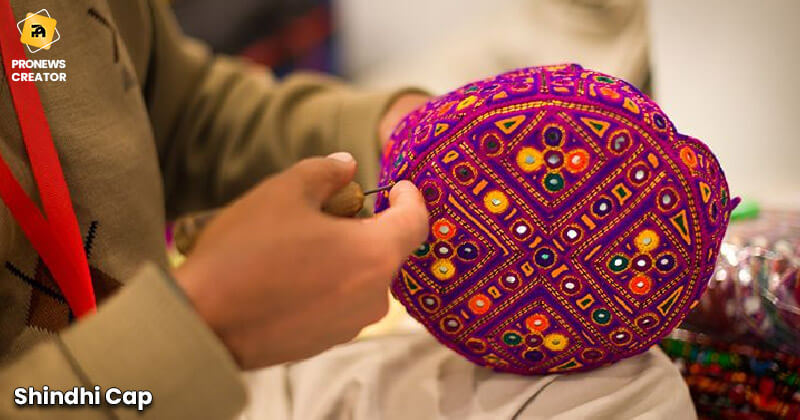
10. Sindhi Ajrak
Ajrak is a sort of traditional Pakistani clothing that never goes out of fashion.
It is a part of Sindhi tradition, and the distinctive ajrak design symbolizes their culture. It’s a blue, black, white, and red pattern printed on lawn cloth.
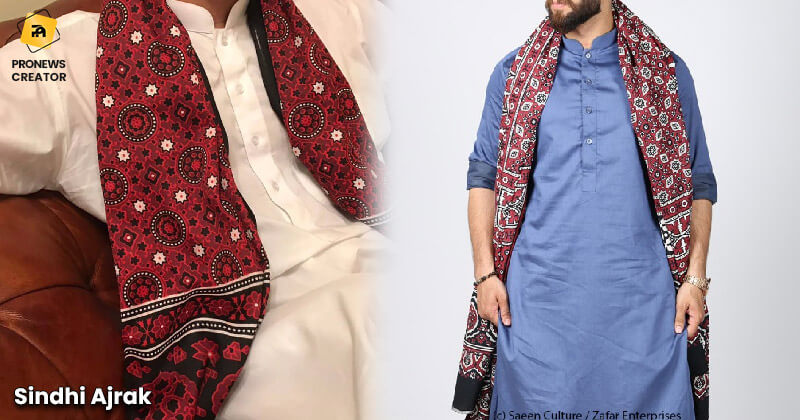
11. Khet Partug
Khet part is a type of salwar kameez popular in Pakistan and Afghanistan’s northwest and western regions. The upper garment is called the khet, and the lower is called the part.
The khet is a robe or tunic tight around the waist. The khet is knee-length and features long sleeves.
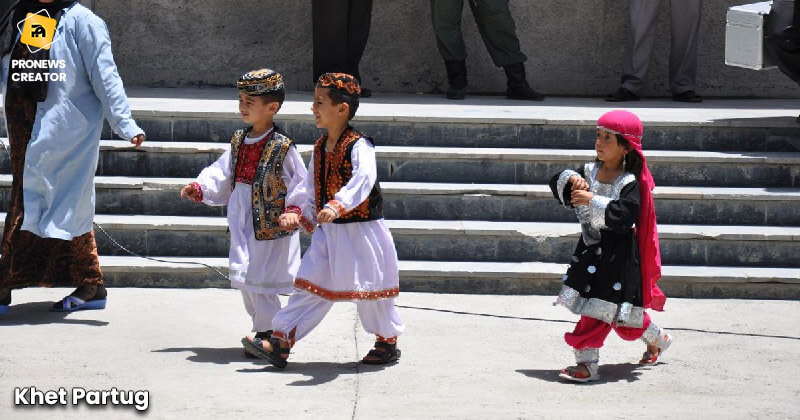
What is the history of traditional Pakistani clothing?
Pakistani attire has a vibrant and fascinating history. This history is a fantastic learning experience that explains everything you need to know about why Pakistani fashion is where it is today. As you can see, this fashion history in Pakistan portrays the Pakistani people’s culture, ideologies, and evolution over time.
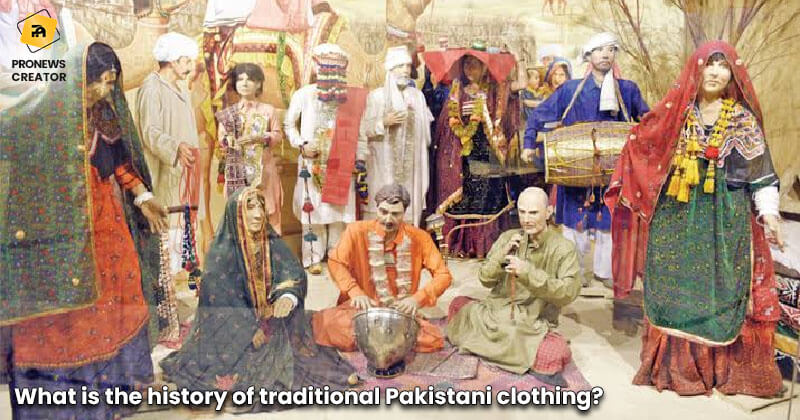
What is the National Dress of Pakistan?
The shalwar kameez is Pakistan’s national attire, worn by men and women in all five provinces.
Each region has its unique kind of shalwar kameez, with Sindhi shalwar kameez, Punjabi shalwar kameez, Balochi shalwar kameez, and Pashtun shalwar kameez being the most well-known.
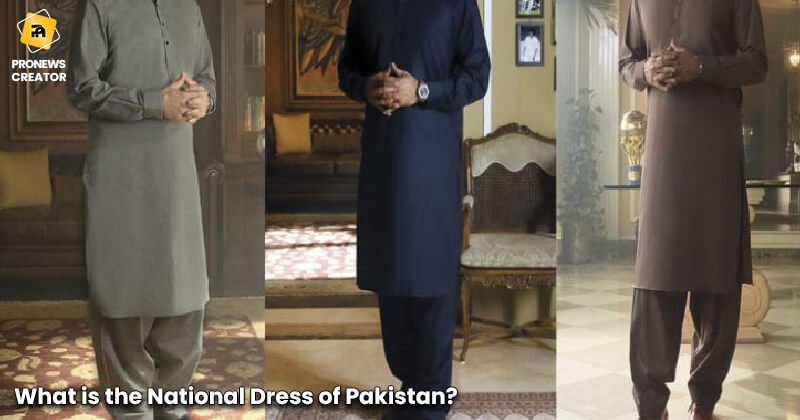
Final words
Culture and fashion are critical components of each country’s history and civilization. In Pakistan, they are inextricably intertwined.
The traditional dress of each regional culture reflects their way of life and weather conditions.
Pakistani clothing culture is enriched by diverse influences from thousands of years of history.
This little tutorial will help you understand Pakistani fashion.

